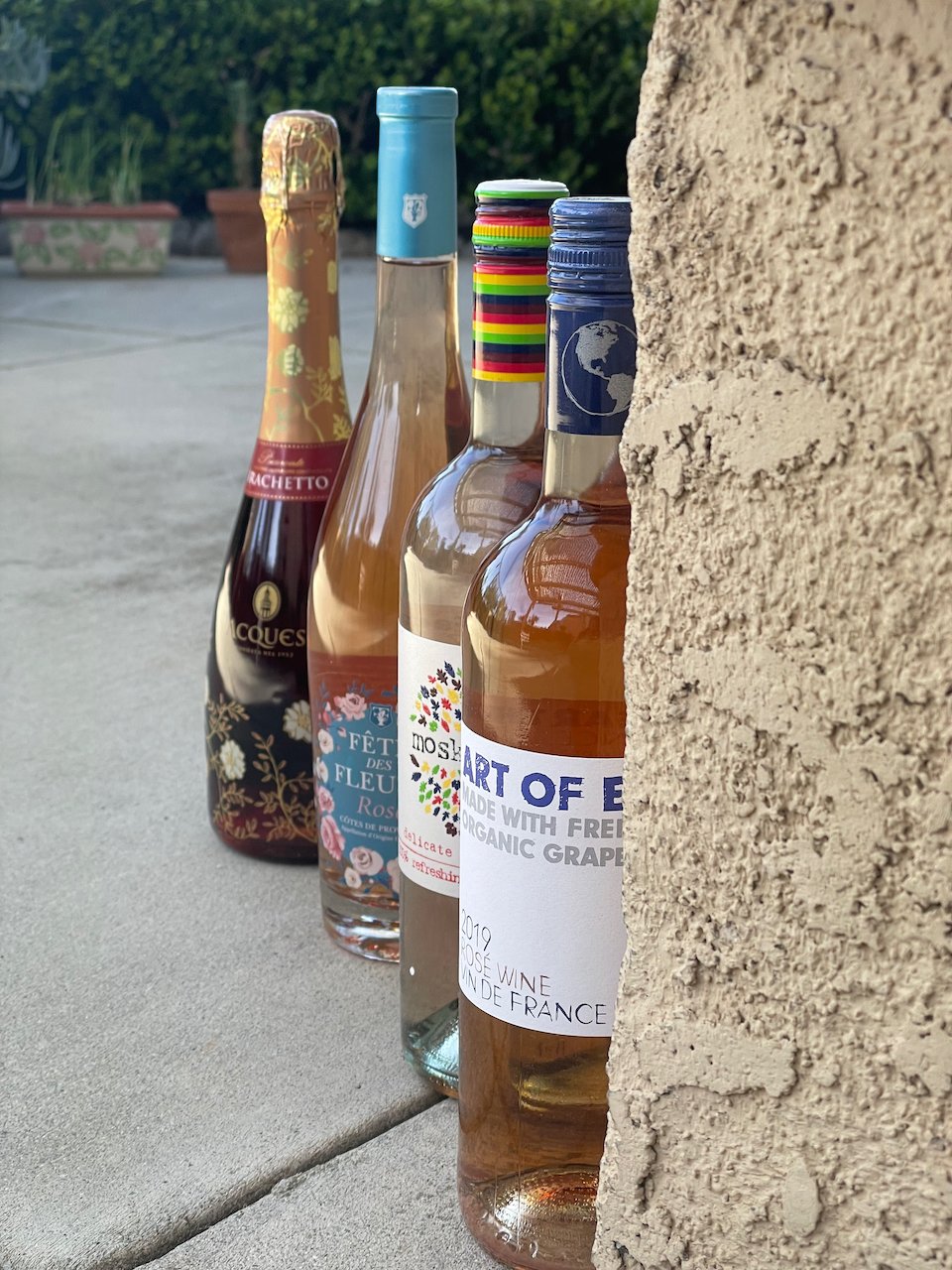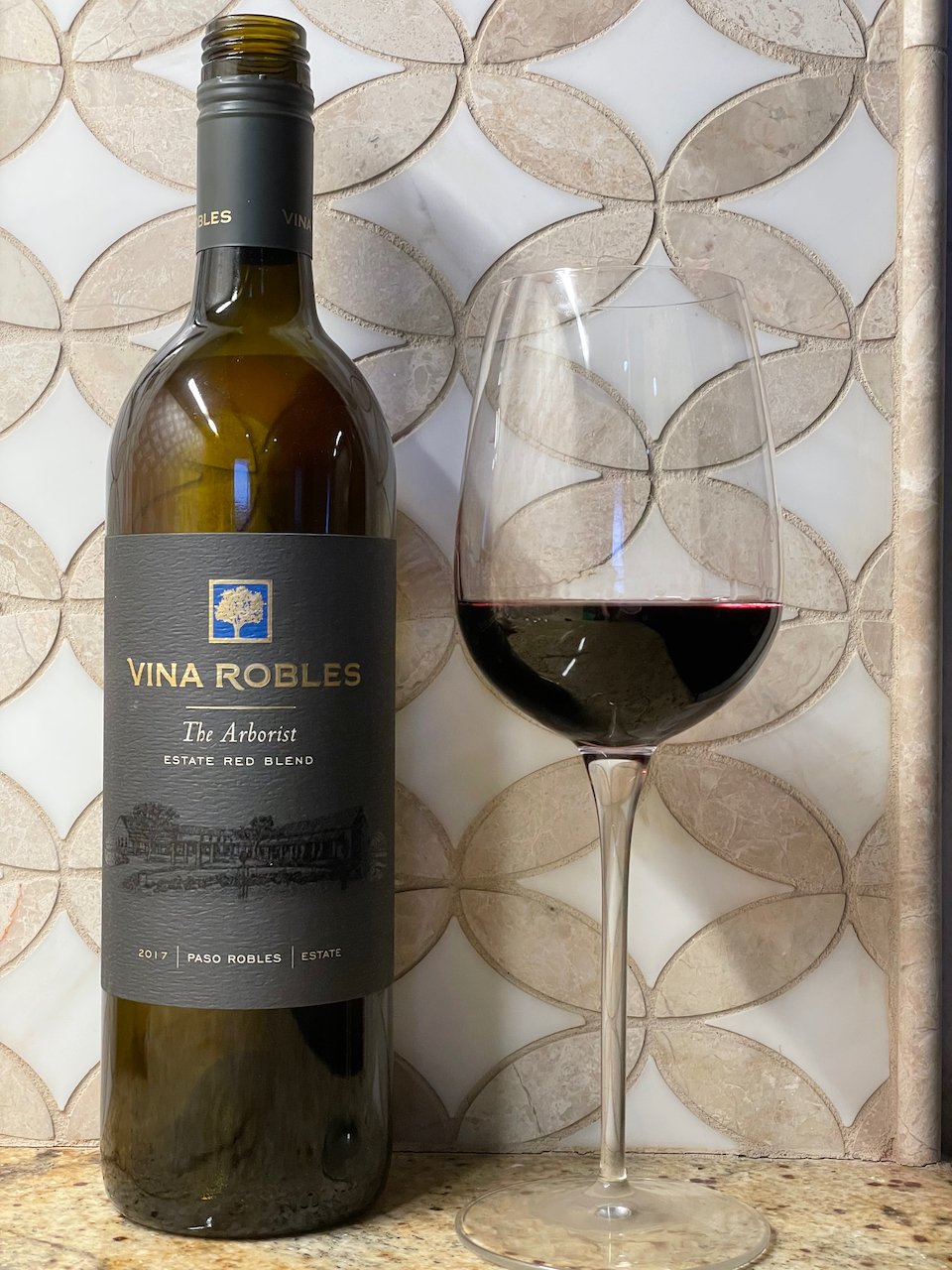The South American country of Chile has been producing wine since the 1500s. Bordeaux varietals began arriving in Chile in the 1850s and in the early 20th century, Chile saw a period of mass production and mass consumption of wines. Then, in the mid-1980s, the wine industry in Chile was reborn and revitalized with new free market policies, new plantings of international varieties and a new focus on exporting its wines.
Chile is a country that spans 2700 miles of land from north to south but is only 100 miles wide. Its land, which is between the Pacific Ocean and the Andes Mountains, is very favorable to grape growing.
The Pacific Ocean brings cooling breezes to its coastal vineyards, while the shelter of the Coastal mountain range makes Chile's Central Valley relatively warm and dry. Along the eastern edge of the country, in the foothills of the Andes, high altitudes and rivers make for a different terroir again.
Unlike so much of the wine growing parts of the world, Chile's vineyards have remained protected to this day from the devastating effects of the phylloxera aphid that wiped out so many of the world’s vineyards.
While Chile has multiple wine regions, let’s focus on two regions with many differences yet so many similarities - Maipo and Colchagua. And, that will be the focus for next time. Cheers!



